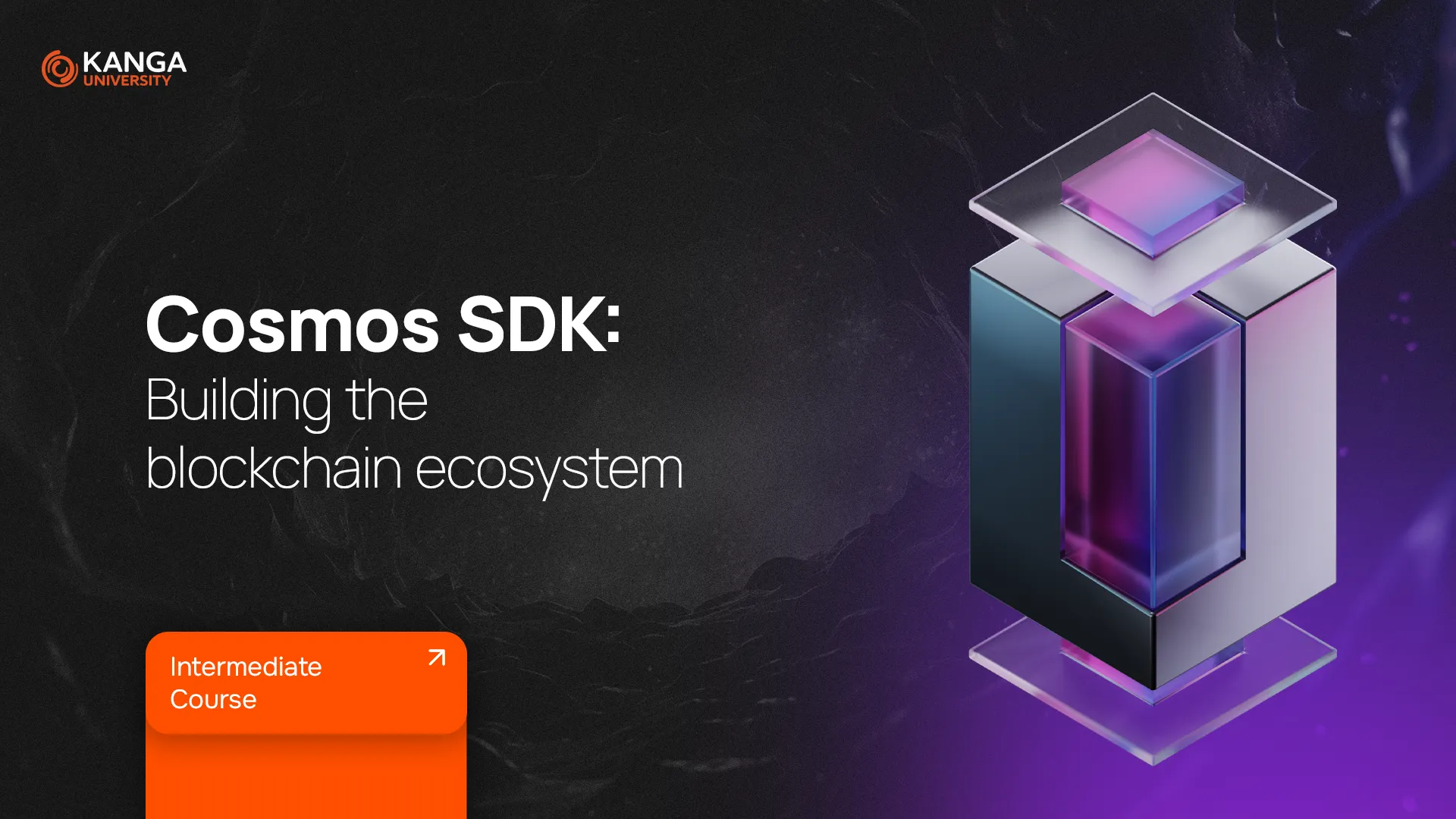
Blockchain is a technology that makes digital transactions secure and independent from banks or middlemen. It’s the foundation behind cryptocurrencies, smart contracts, and other innovations that are reshaping the digital economy.
But blockchain isn’t just about Bitcoin or Ethereum. It’s also an infrastructure that allows people to build their own customized networks. This is where Cosmos SDK comes in—it’s a tool that makes creating blockchain projects easier and more efficient.
What Is the Cosmos Ecosystem?
Think of Cosmos as a highway system connecting different blockchains. It allows various networks to communicate and exchange information, making it one of the most interoperable platforms in the crypto world.
In a traditional blockchain setup, each network is like a separate island. Cosmos acts as a bridge, enabling these islands to connect and share data.
The Cosmos ecosystem is built on three main components:
- Tendermint – A technology that ensures Cosmos blockchains run fast and securely.
- Cosmos SDK – A toolkit that simplifies the process of building new blockchains.
- IBC (Inter-Blockchain Communication) – A protocol that allows different blockchains within Cosmos to exchange information.
What Is Tendermint and Why Does It Matter?
Tendermint is the engine that powers Cosmos. It ensures the blockchain runs smoothly and remains resistant to failures. The key benefits of Tendermint include:
- Speed – Transactions are confirmed in seconds, unlike Bitcoin, where it can take minutes.
- Security – Even if some parts of the network go offline, the system keeps working.
- No Forks – Transactions are instantly finalized, eliminating the risk of double spending or chain splits.
How Does Cosmos SDK Work?
Cosmos SDK is a toolkit for developers that makes it easier to create blockchains. Instead of building everything from scratch, developers can use pre-built modules and customize them to fit their needs.
The main benefits of Cosmos SDK:
- Flexibility – Anyone can create a blockchain tailored to their specific requirements.
- Ease of Use – Pre-made modules save time and effort for developers.
- Compatibility – Blockchains built with Cosmos SDK can seamlessly communicate with others in the Cosmos ecosystem.
Currently, Cosmos SDK works with Go (Golang), but future updates may include support for other programming languages.
Why Is Cosmos SDK Important?
Cosmos SDK makes blockchain accessible to everyone, not just big corporations. If someone wants to build their own blockchain—whether for finance, gaming, or other applications—they don’t have to start from scratch.
Thanks to Cosmos SDK, blockchains can work together, opening up huge opportunities for businesses and developers.